A little bit like buying a fancy bottle of wine, knowing how to choose Chinese tea like a local can be, well, a little confusing.
In fact, because the art and science of tea has a modern history, as well as an ancient one. More recent influences on the maintaining the quality of tea emerged in China from the 1950s to the 1980s. During this time, the production of tea came under a system called the ‘commodity allocation plan’, which developed a standard based on eight elements for assessing tea quality. In true Chinese style, this assessment was multi-faceted, taking into consideration the ‘inner’ quality of tea and ‘outer’ quality of tea in equal measure.
The inner quality of tea refers to the aroma, taste, color and selection of tea leaves. Of these criteria, aroma and taste are most important. In terms of the outer shape of tea that influences tea quality, connoisseurs look for the shape and color of leaves, as well as the uniformity of shape, and how clean the leaves are. Although all elements are important, the shape of tea leaves takes priority.
With color, clarity, and aroma among the many factors to consider, it’s any wonder that western travelers on a China tour feel the overwhelm of indecision and confusion when pressed to choose a Chinese tea on their own.
The truth is, learning how to choose a Chinese tea involves more than a dose of good luck. There is an art and science to planting, growing and producing tea, so if it’s a genuine quality product you’re after while on tour, then take notes!
We’ve covered it all in this and other blogs in our article series on Chinese tea.
When it comes to tea, 8 is a lucky number
We’re the first to admit that 8 is an auspicious number in all things Chinese, that’s why it’s no surprise there are exactly eight things to look for if you want to choose Chinese tea like a local.
Ready? Here goes.
1. Look for a consistent shape
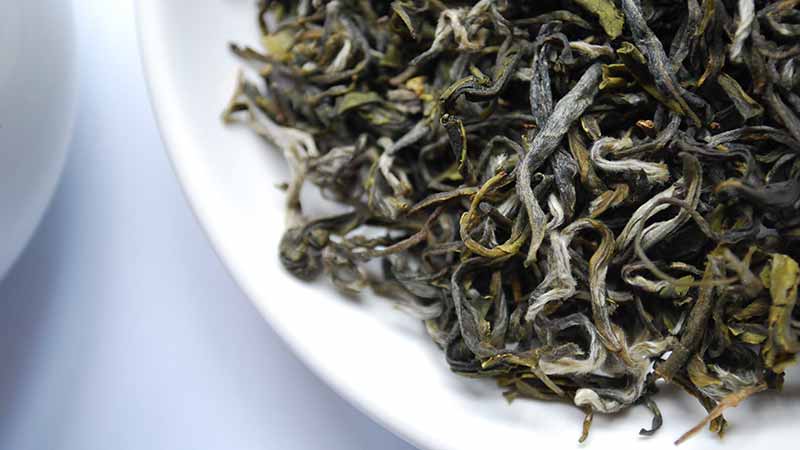
A consistent shape in dried tea leaves is just one of the eight elements considered important when assessing tea quality. Tiao Suo (条索) specifies the shape of dried tea leaves. For example, with panning green tea we look for long strips; for gunpowder (pearl) tea we look for the roundness of the ‘pearl’; with Longjing tea the defining characteristic in terms of shape is how flat the leaf is; while black tea is valued for the way it is crushed. When it comes to shape, there are different Tiao Suo which point to the quality of a tea. When considering tea shaped as a long strip, look for whether the leaves are tight, straight, strong, and heavy. For round tea, the tightness of the small round pearl, along with how solid and evenly distributed the weight in the pearl. For flat tea, smooth and even is the core factor.
2. Choose a quality color

Not surprisingly, the best Chinese tea must have visual appeal too. When looking at tea for its color, be sure to check for an even spread and gloss across the tea leaf.
3. Whole shredding? We’ve got you covered
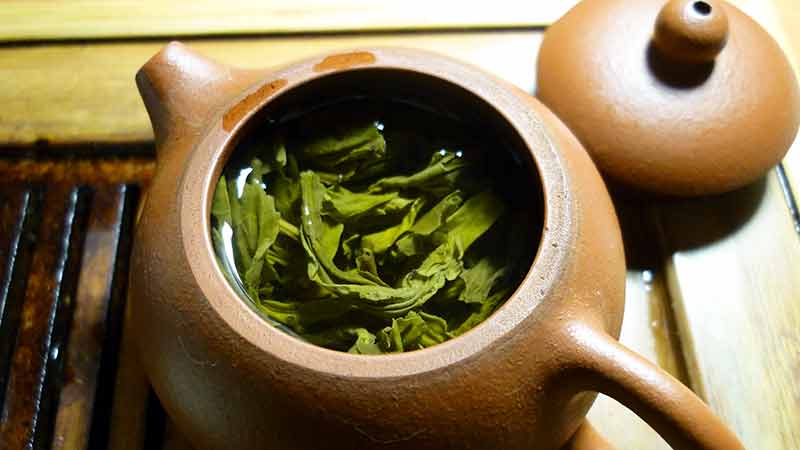
Another term not immediately associated with tea, but is in fact, integral to how to choose Chinese tea like a local: whole shredding. It’s a term that can be a little confusing because whole shredding actually means the tea leaves must maintain their natural shape, even when dried.
4. Tea clarity
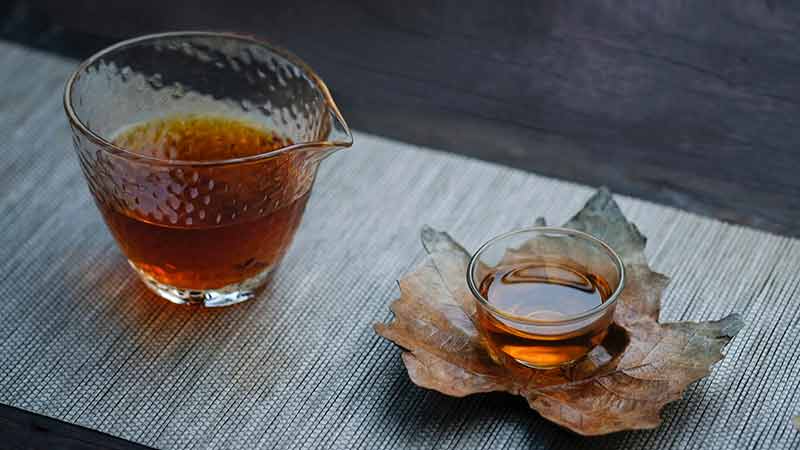
While clarity is a wine term referring to a wine’s reflective quality, that is, whether it is brilliant, dull, clear, or hazy, clarity in tea refers to the number of impurities. It goes without saying that the finest quality teas are free from contamination. This no doubt explains the reason some of the most expensive Chinese tea is produced in pristine regions like the mountains of Fujian and the Li Shan (Pear Mountain) tea district of Taiwan where the chance of contamination is greatly reduced.
5. Hmm…tea. How does it smell?
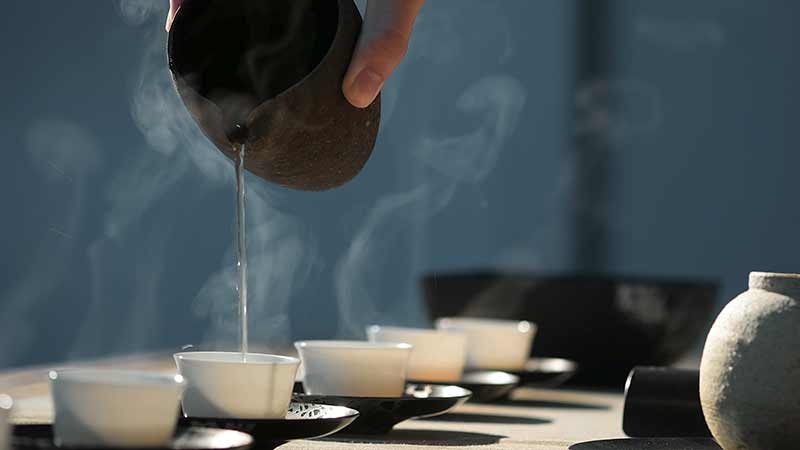
We all understand the term aroma, but when it comes to tea, what does it mean? Aroma in Chinese tea refers to the scent that arises from the steam after the tea is brewed. The various types of tea carry their own fragrance, for example, black tea is typically sweet, while a fruity or floral aroma is usually associated with Oolong tea.
6. It’s all in the taste
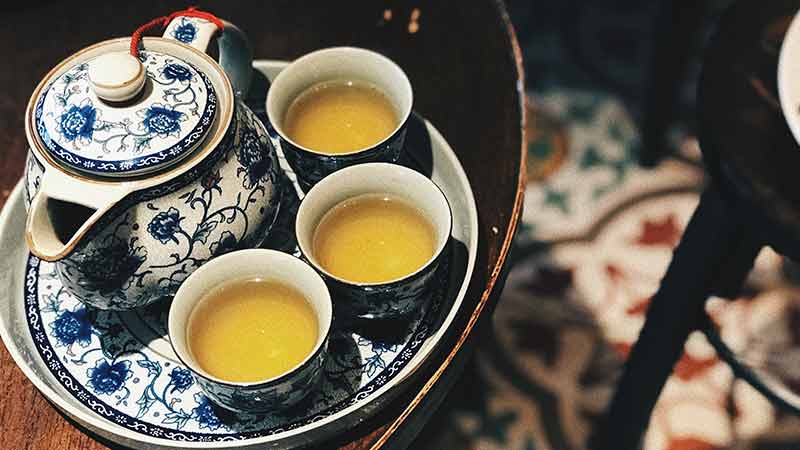
As you step out and try different teas, you’ll start to become familiar with the distinctive tastes that are associated with each. Naturally, a quality tea is strong and fresh; and not at all bitter or unpleasant to smell.
7. Soup color? Aren’t we talking about tea?
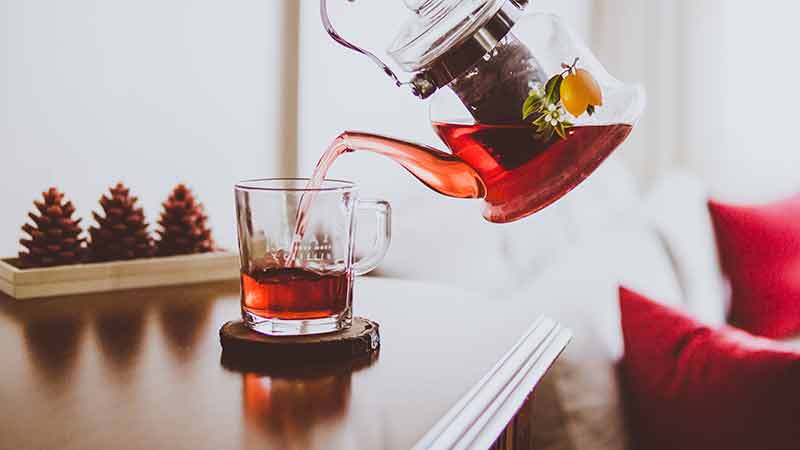
Well, yes we are, but soup color is the term used to describe the color of water after the tea leaves are immersed in boiling water. Soup color mainly depends on chroma (the saturation of color), brightness and turbidity. Want to add some green tea to your repertoire? Look for tea that is yellow-green and bright. On the other hand, black tea should be red and bright, while Oolong tea, a bright orange-yellow hue.
8. Leaf bottom
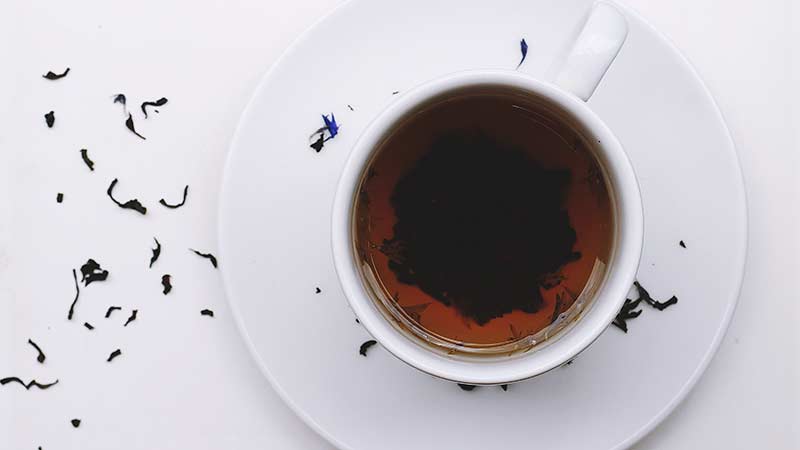
Who knew that the art and science of tea could be so complex? Leaf bottom or Ye Di (叶底), refers to the tea after it has been infused (and with most Chinese teas, this occurs several times). The literal translation of Ye Di is ‘finished tea leaves’, but the Chinese are a poetic bunch and instead use the term ‘leaf bottom’. Tea connoisseurs say that the leaf bottom is a good indicator both of tea quality – and the tea-making skills of the tea drinker.
The tea bottom is evaluated on the ratio of buds to young leaves, and the tenderness of the leaves, which should be uniform in shape and size, soft in texture, brightly colored.
Looking for the finest tea in China?
We can help with that kind of adventure – and just about any other kind of China tour, regardless of your interest. Whether it’s culture, history, food, crafts, or Chinese tea, our dedicated team of travel consultants can help custom design a China tour that inspires beautiful travel memories.
ChinaTours.com is dedicated to helping western travelers from the United States, United Kingdom, Australia, Canada, and elsewhere enjoy an authentic experience of China, including adventurers on the hunt for the very best Chinese tea. We are passionate Chinese tea drinkers too. In fact, we source the tea we drink from all corners of China – and would love to take you there. If you’d like to learn how to choose Chinese tea like a local, or even take a totally food-focused tour of China, just let us know. We’re here to share your passion. Enquire via our contact form and we’ll respond within 24 hour.


